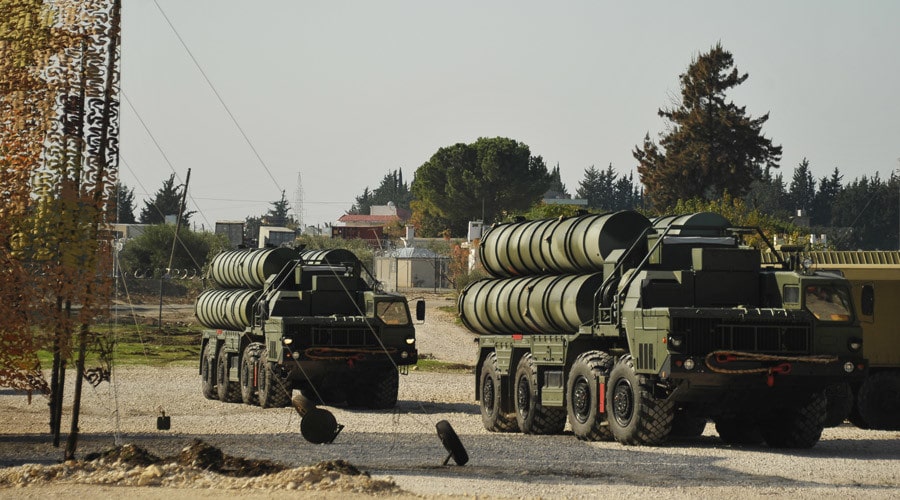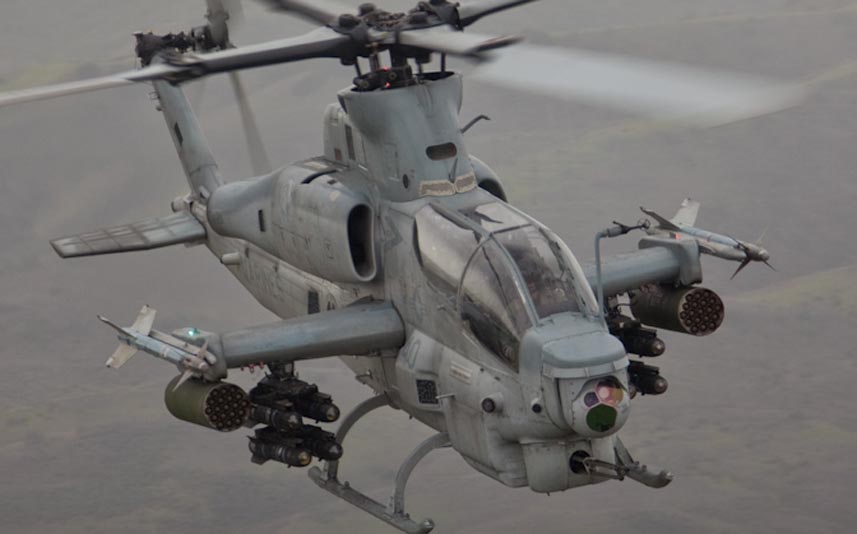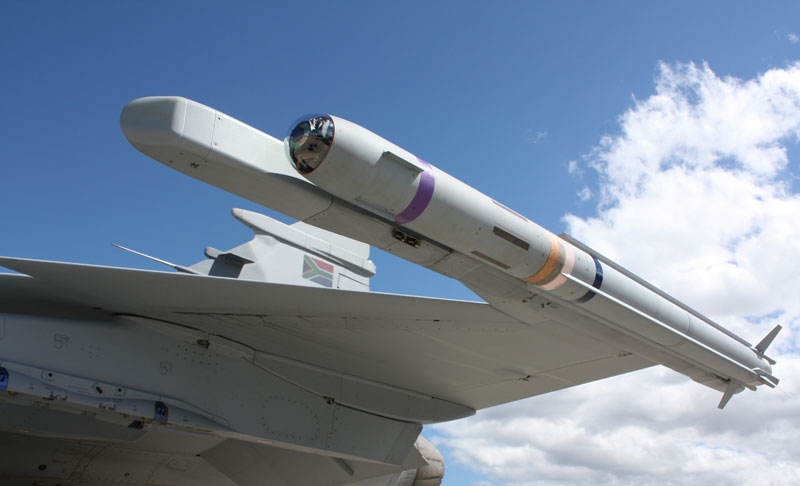21Views 13Comments

Turkey agrees to $2.5 billion deal for four S-400 SAM systems
Turkey has reportedly agreed to a $2.5 billion U.S. deal for four Almaz-Antey S-400 long-range surface-to-air missile (SAM) systems from Russia.
In its report, Bloomberg cites a Turkish official stating that the “agreement sees Turkey receiving two S-400 batteries from Russia within the next year, and then producing another two inside Turkey.”
Rosonboronexport is currently unable to confirm the deal, though the matter of Turkey and Russia nearing a contract and negotiating pricing was confirmed by Russian officials at the end of June.
In response to the reports of Turkish industry involvement in the S-400, Russian analysts are unconvinced that the deal involves replicating the S-400 in Turkey. One told Bloomberg that Turkey “would have to spend billions to create a whole new industry” to “copy the S-400 system.”
However, the Turkish Undersecretariat of Defence Industries (SSM) did commission the local development of a long-range SAM in parallel to import talks. It had seemed that Ankara was also working to link the S-400 purchase to Russian technical support for the Turkish SAM program.
Turkey expressed interest in the S-400 in November 2016, following a thaw in relations between Ankara and Moscow following the Su-24 downing crisis. Talks took place in February and March. In June, Russian President Vladimir Putin announced that talks were in the final stages.
The S-400 is a multi-layered SAM system comprising of short, medium and long-range anti-air missiles. Its marquee weapon is the 40N6 missile, which has a range of 400 km. The 40N6 is complemented by the 40 km 9M96E, 120 km 9M96E2 and 250 km 48N6.
It is not known how many of each missile Turkey intends to procure or the specific composition of Turkish S-400 batteries. Additional aspects, such as customization and linkages to other systems built in Turkey, especially radars, are also not known. If inked, Turkey will join China and India as the S-400’s third overseas user and its first NATO user.


